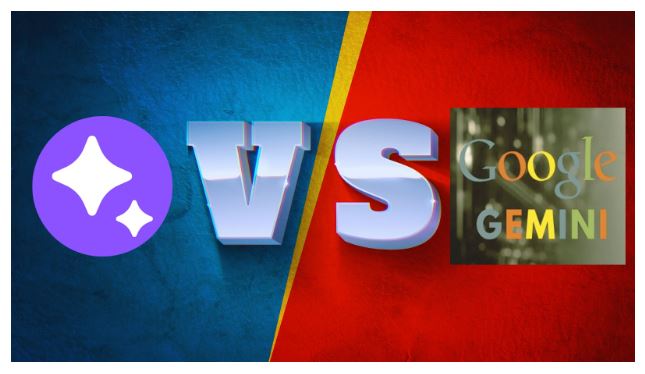To understand the distinctions between Google BARD AI vs Gemini AI, we will go deeply into the specifics of every project in this post, examining their distinct characteristics, objectives, and uses. In recent decades, machine learning (AI) has transformed several sectors with astounding advances. As a leader in artificial intelligence (AI), Google has unveiled several innovative initiatives. Among these, Google BARD & Gemini are two noteworthy efforts.
What Is Google BARD AI
An AI program called Google BARD was created to generate artificial intelligence models. BARD’s primary goal is to simplify the machine learning process and increase its usability for those with limited AI experience. Using reinforcement education methods, BARD optimizes model creation, architectural search, and parameter tweaking. This reminds me of ChatGPT.
Important Google BARD Features
Framework for Reinforcement Learning: BARD optimizes artificial intelligence model design using a reinforcement learning framework. Through trial and error, it finds efficient structures by using incentives and punishments to direct the learning process.
Lookup Architecture: BARD aims to eliminate the need for mechanical design by automating the architectural search process. To identify the most practical and efficient responses, it investigates a variety of model topologies, taking into account connection patterns, layer kinds, and number of layers.
Adjusting Hyperparameters: BARD not only does architectural search but also hyperparameter tweaking automation. It optimizes several parameters, including learning rates, number of batches, and regularity strategies to improve the performance and generalization of the created models.
Scalability: Because of its efficient scalability, BARD can handle complicated datasets and produce models of excellent quality quickly.
What Is Gemini AI
Google created Gemini, a machine learning system that employs generative algorithms to produce high-fidelity, varied, and original pictures. To produce realistic as well as distinctive images, it makes use of GANs and sophisticated training methods. Gemini’s main objective is to advance image synthesis technology to make it possible for use in recreational activities, design, & the arts.
Important Gemini characteristics include:
Adversarial Generative Networks: Gemini uses GANs, a robust architecture that consists of a generator & a discriminator, two contending neural network components. While the discriminator seeks to discern between genuine and created pictures, the generator learns to create realistic visuals. Photographs that are both aesthetically pleasing and useful are produced due to this interaction.
Superior Image Synthesis: Gemini greatly emphasizes creating high-fidelity photos, ensuring that the material it generates has realistic textures, fine details, & sharpness. Because of this, it may be used for a wide range of tasks, including content development, visual design, and virtual worlds.
Variety and Originality: To keep the model from generating monotonous or similar outputs, Gemini’s training procedure promotes the creation of unique and varied pictures. Because of this feature, it is beneficial in creative fields where original and innovative visual output is highly valued.
Fine-Spun Control: Gemini gives users precise control over the created pictures, allowing them to blend pieces from different sources or alter certain aspects like object looks & color schemes. This adaptability will enable artists and architects to produce the desired visual results.
The distinctions between Gemini and Google BARD
- Principal Aim: The main goal of BARD is to automate the machine learning process, which includes tweaking hyperparameters and doing architectural searches. Gemini, on the other hand, focuses on combining images and the development of aesthetically pleasing and varied visuals.
- Methods Employed: BARD uses reinforcement learning approaches to improve model topologies and hyperparameters, while Gemini uses GANs to generate high-fidelity pictures.
- Uses: BARD’s automated artificial intelligence capabilities identify applications across several disciplines that need efficient model creation. On the other hand, Gemini serves the creative industries by giving designers, illustrators, and content producers the resources they need to produce original and lifelike visual material.
- Types of Output: Whereas Gemini creates graphics and visual material according to particular specifications, BARD produces trained models that are prepared for deployment using machine learning.
- Scalability: Although they have different scalability needs, BARD & Gemini are both built to scale. BARD manages intricate datasets and looks for the best models, whereas Gemini concentrates on producing a wide range of accurate photographs.
Google bard vs Gemini Conclusion
Google BARD AI and Gemini AI are two AI initiatives with objectives and uses. While Gemini uses generative models to produce high-fidelity and diversified pictures, BARD uses reinforcement learning to expedite the artificial intelligence workflow.
Comprehending the distinctions among these endeavors enables us to recognize the scope of Google’s artificial intelligence investigation and its possible influence on diverse sectors. Google keeps driving innovation and influencing the direction of artificial intelligence, whether it is automating machine learning processes or pushing the envelope in picture synthesis.

